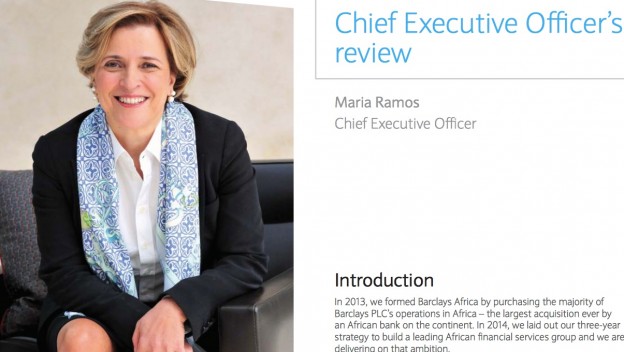Barclays Kenya held a workshop session in Nairobi today to explain about the coming of IFRS9, a set of new accounting standards that will replace IAS 39 on January 1, 2018. which will have a great impact on banks, their capital, customer assessment and ultimately their profits.
"The IFRS 9 replaces the existing IAS 39" Jeremy Awori , MD Barclays pic.twitter.com/R8ICCfG3o6
— Barclays Bank Kenya (@Barclays_Kenya) September 25, 2017
Some of the highlights of the day:
Compliance Impact
- Even as banks are still digesting the impact of interest rate caps, along comes IFRS9.
- All institutions will adopt the impairment standard in 2018.
- One challenge will be on how to report for impairment: Banks will have to do three sets of accounts, one for impairment according to Central Bank of Kenya (CBK) rules, one for the Kenya Revenue Authority to calculate taxes on profit after impairment, and another for Impairment according to IFRS9. This makes compliance a costly affair.
- IFRS9 is data intensive, so auditors will be concerned with the quality of data and reconciling it to bank financial statements. They will have to trust that management is providing the right data to make decisions, and if not, they will engage with the bank board, then the bank regulator (CBK).
- Banks need systems that are able to capture a lot of this customer data and products and come up with impairment models.
- Banks will use predictive analytics, and big data to manage risk in customer lending.
Customers
- IFRS9 brings cross-product default, and if a customer defaults on one loan item like a credit card, a bank has to provide for impairment across all products advanced to them
- Expect a change from the current practice of using credit reference more from the negative perspective (a blacklist of borrowers) to a good one (banks will check to see who has been paying on time and offer them better rates)
- Collection strategies will become very important, given the financial impact of IFRS9 for defaults over 30 days and 90 days.
- Kenyan bankers are working to enable customers to get access to their own data and shop for products that will be easy to compare across different banks. This will be an enhancement of the loan calculator that the bankers association rolled out earlier.
- IFRS9 seems to give an incentive for banks to lend shorter duration loans.
Profits
- With IFRS9 banks estimate the credit risk of an instrument, at the point of origination – so losses are recognized earlier.
- Previously, under IAS 39. banks only recognized a loss once an event occurred e.g customer does not pay a loan for many months. Now banks will have to expect and estimate some defaults and recognize the loss upfront.
- Under IFRS9, accounting provisions are expected to be higher than the current regulatory provisions.
Financial Statement Changes
- From day one of IFRS9, there will be an impact on retained earnings and a reduction in Tier 1 capital at all banks
- Under IFRS9, letter of credit, financial guarantees, performance guarantees, unused credit cards, non-traded government bonds will also be used to calculate impairment.
- Studies show that IFRS9 running concurrently with IAS 39 can impact on the capital of a bank by between 25 to 100 basis points.
- Are government securities still risk-free for local traders and investors? Not so under IFRS9. But since Kenya has never defaulted on debt so IFRS9, provisioning will be minimal compared to bonds of some other nations
Way Forward
- On 1 Jan 2018, international accounting standard IFRS9 will replace IAS 39.
- Kenyans banks are at a fairly satisfactory stage in terms of getting ready for IFRS9 with Tier I banks, and those with global parentage at an advanced stage compared to local indigenous banks e.g. Barclays has been working on IFRS9 for two years
- ICPAK (Institute of Certified Public Accountants of Kenya) is working on. rules for the consistent and uniform application of the IFRS9 standard and these will be ready by the end of October.
- ICPAK will have other forums to further explain IFRS9 as will the Central Bank.
- CBK will come up with new classification of loans to replace the current measures of normal, watch, sub-standard, loss etc..


